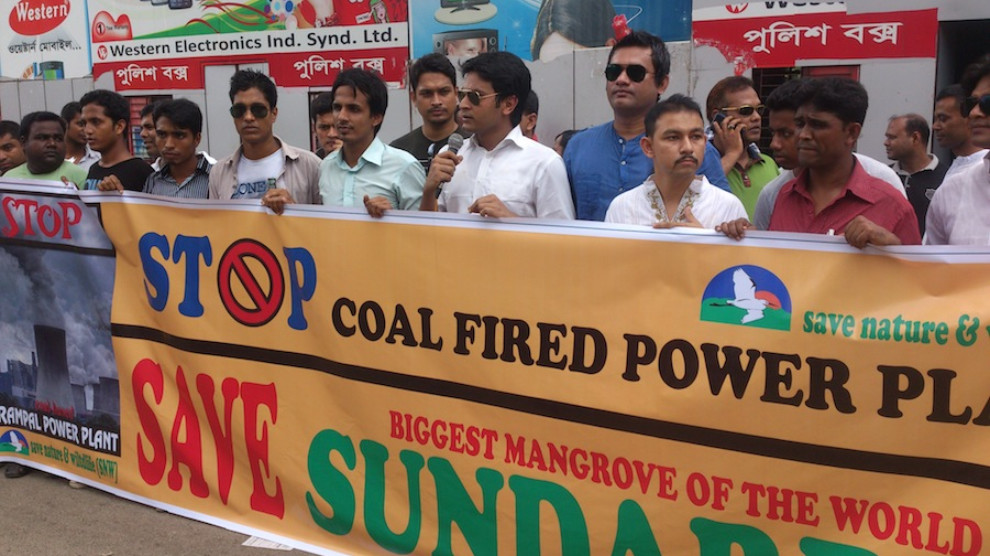13 percent of environmentalist activists end up dead, report says
The Environmental Justice (ENVjustice) scientists analyzed 2,743 cases of environmental conflicts from around the world.
The Environmental Justice (ENVjustice) scientists analyzed 2,743 cases of environmental conflicts from around the world.

The Autonomous University of Barcelona's Institute of Environmental Science and Technology (ICTA-UAB) has published a study showing that 13 percent of environmental activists are killed and another 18 percent are victims of physical violence worldwide.
The research reveals that citizen movements halt ecological degradation by up to 27 percent of environmental conflicts, despite the high rate of criminalization, violence, and murders, especially in conflicts related to mining.
The Environmental Justice (ENVjustice) scientists analyzed 2,743 cases of environmental conflicts from around the world recorded in the Global Atlas of Environmental Justice (EJAtlas), an interactive map that identifies and locates existing ecological conflicts.
Currently, the global movement for environmental justice is comprised of local actions against fossil fuel extraction, open-pit mining, tree plantations, hydroelectric dams, and other extractive industries, as well as against the disposal of waste in landfills or incineration.
The data analyzed shows that the majority of the activists are members of vulnerable groups that use non-violent forms of protest and that, nevertheless, the fight for collective rights has a high cost for their lives.
In 20 percent of cases, activists face high criminalization rates, and their protest actions have consequences in the form of complaints, fines, litigation, and prison terms.
When Indigenous peoples are involved in the environmental protest, the numbers are more dramatic: 27 percent of Indigenous activists are criminalized, 25 percent suffer physical violence, and 19 percent are killed.